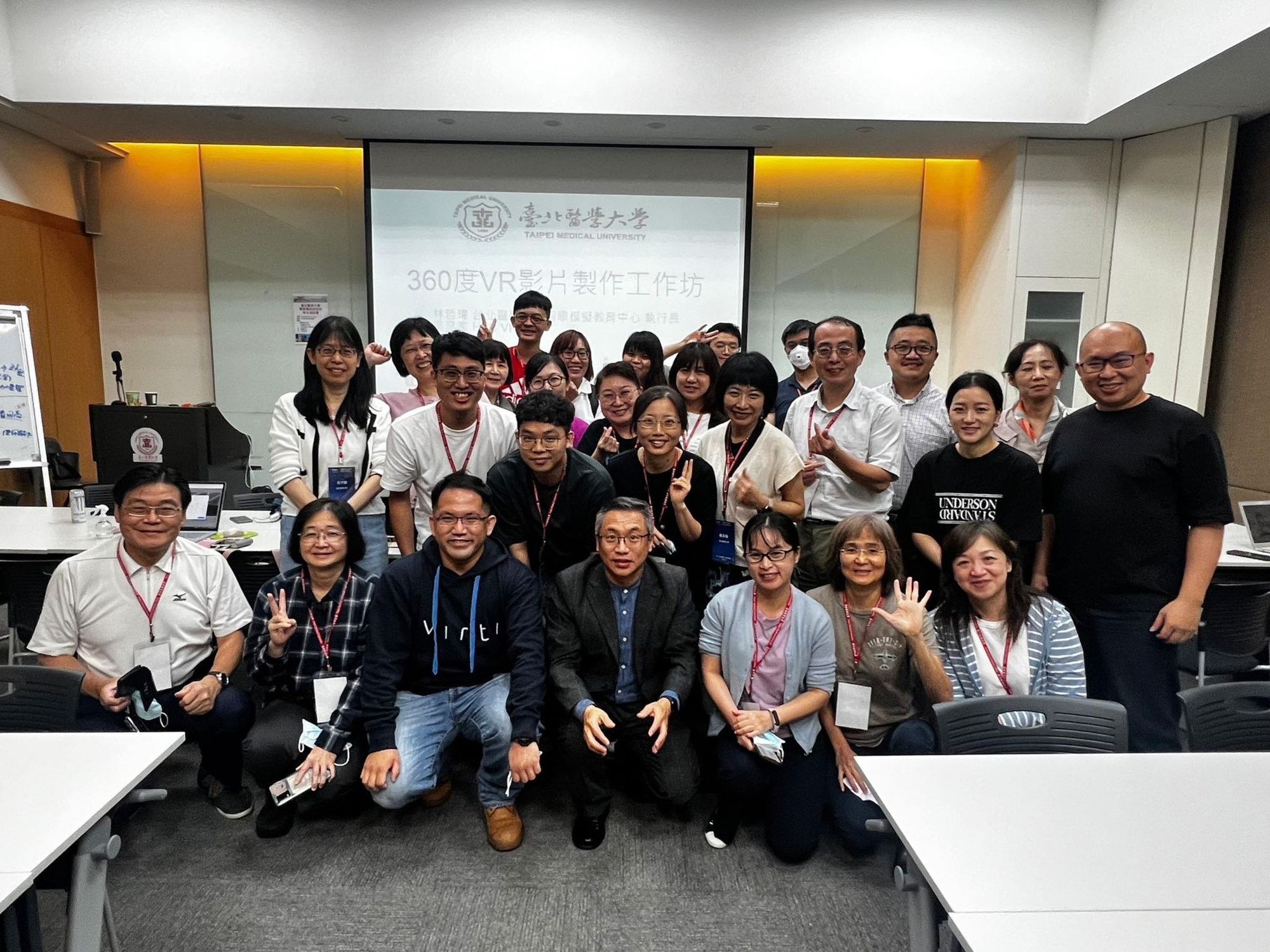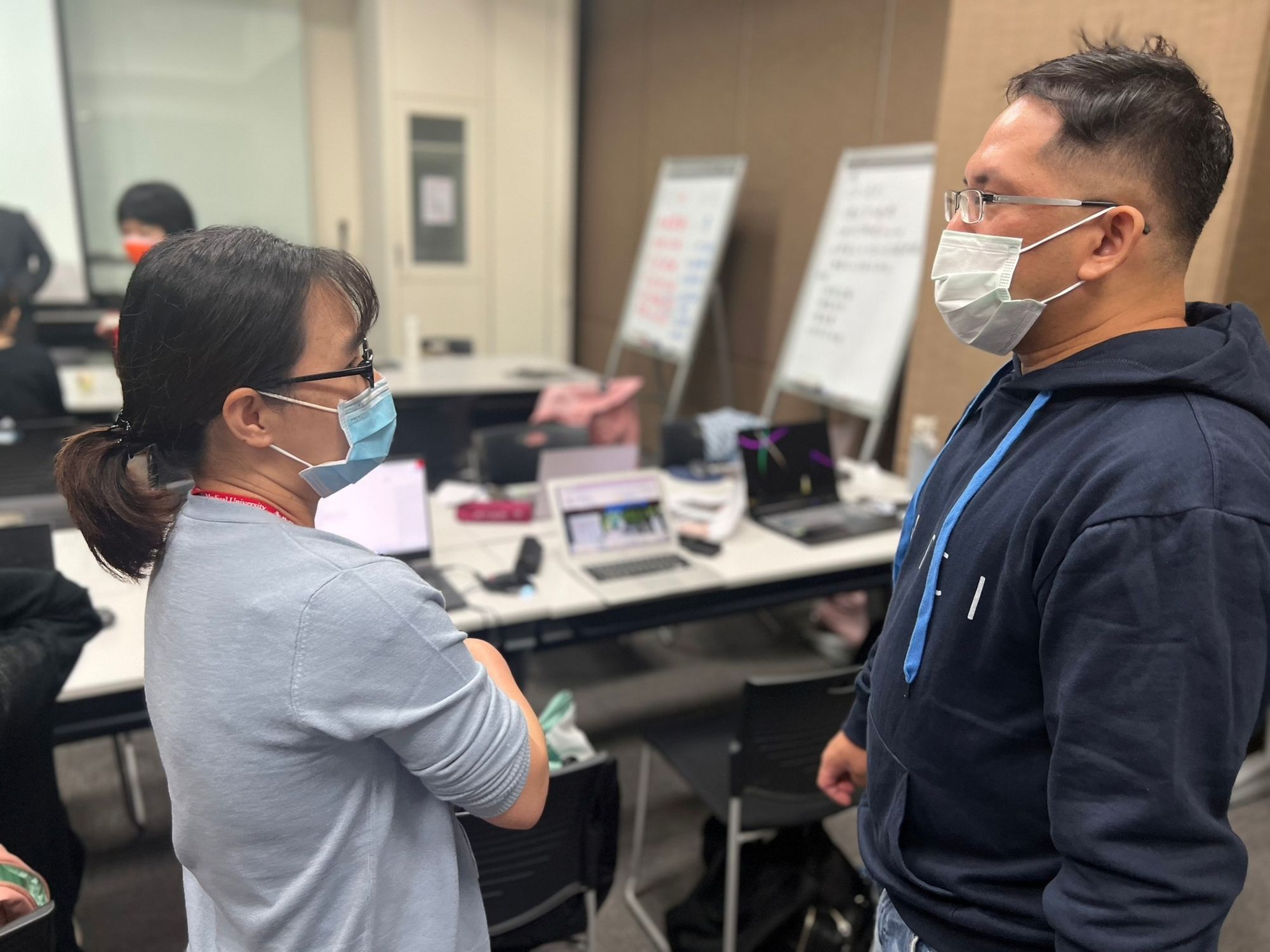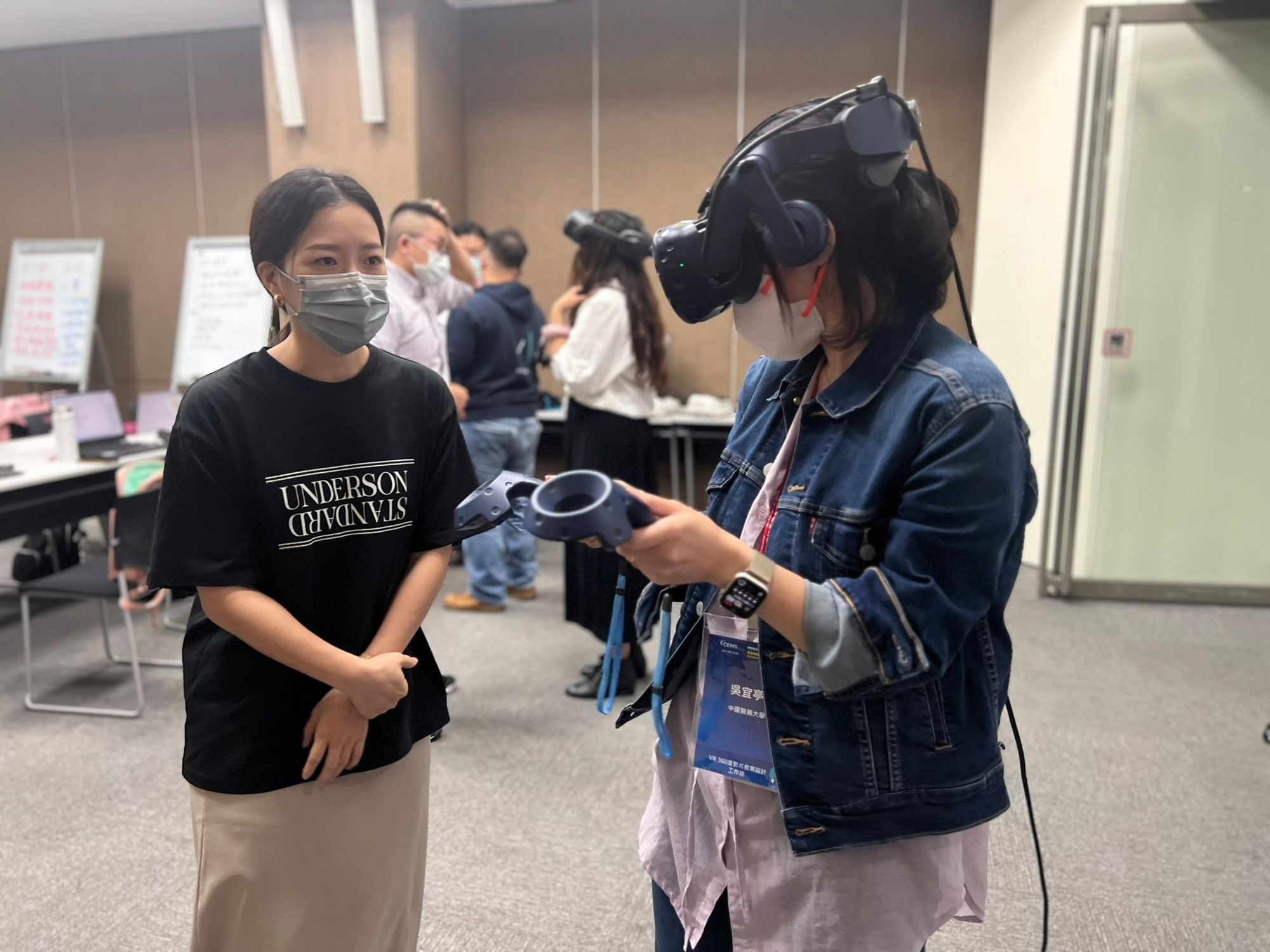HTC VIVE is transforming medical education with virtual reality
How universities and hospitals in APAC are using VR to train medical staff; “no code” tech tool works like “PowerPoint for VR”

Studies show that immersive technologies, such as virtual reality (VR), augmented reality (AR) and mixed reality (MR) can have a positive impact on medical education and clinical care. Yet one of the biggest barriers to wider adoption is creating content for a VR environment.
“It’s the most challenging part because in the past you needed an engineer and a designer to do it and that’s expensive,” says Lewis Chang, head of the HTC VIVE Medical VR team in Taiwan. “It just wasn’t feasible for most of our customers who are medical professionals.”
All that changed a few years ago when the team at VIVE first heard about Virti from news coverage. They learned Virti is a “no code” technology for developing and conducting immersive training content. More importantly, for them, it was designed with the medical profession in mind.
“No code” refers to the fact you simply need basic computer skills to use it. Lewis says Virti is akin to “PowerPoint for VR.”
Transforming medical education with VR
The team’s mission at VIVE, according to Lewis, is “to transform healthcare – from medical training to clinical education including precision medicines – with new technologies.” A big part of that is helping medical schools and hospitals implement VR tools to improve training and education.

VIVE helps these organizations set up and operate VR centers and make sure they know how to use them. The VIVE team will host a three-day workshop that teaches attendees everything they need to quickly create simulations to achieve learning objectives.
Realistic pre-operative preparation
Simulations can range from routine diagnostic exercises such as patient interactions to practicing surgical procedures. For example, one professor of medicine that works with VIVE has used Virti to create a simulation for students learning to perform surgery.
One key task a student-doctor must perform before a simulated surgery is ordering an NPO (Nothing by Mouth) to reduce the chances of a patient aspirating while under general anesthesia. If the student-doctor forgets this step, the patient experiences emesis.
The “patient” in this case is the professor who has used Virti to video record themselves playing the part for the simulation. If the student fails to order the NPO, the professor, acting as the patient, spits a mixture of water and juice at the camera. It’s a small detail that drives home an important and potentially life-saving lesson.
Since the exercise is a simulation, the student can engage in the learning event whenever it’s convenient. Similarly, the steps taken are recorded so the professor can assess the student’s performance – also at their convenience.
Training for patient interaction with AI-powered avatars
Another popular Virti feature among VIVE’s medical customers is patient avatars. These avatars can speak in 20 different languages and are powered by a popular generative artificial intelligence (AI) tool called ChatCPT. The number of interactive scenarios that can be created are “only limited by your imagination,” says Lewis.
Hospitals and medical universities alike are using this to create various simulations to train providers to improve patient interactions. Some are using this to ensure that physicians, nurses and other medical staff are following proper procedures. For example, one of the scenarios tests the student-doctor's ability to ask the right questions and complete all the required steps to make a proper medical diagnosis.
As with the previous simulations, VIVE conducts a workshop to kick things off. The team first shows students and medical staff how to use ChatGPT – and then shows them how to apply the training scenarios they’ve created to avatars in Virti.
Newtalk, a news publication in Taiwan, recently reported on one such workshop VIVE conducted with the School of Nursing at Asia University. Attendees credited Virti with enabling them to create “interactive teaching plans within 30 minutes.” Even more impressive, it has empowered teachers to create lessons between 10 and 100 times faster.
Lewis is quick to point out that both VIVE and Virti have guard rails in place to ensure the responses an AI-powered avatar provides to a student are relevant. In all cases, the responses are supervised by VIVE and trained medical staff who are credentialed to teach medicine.
2,500 medical professionals and students trained
The advantages of simulations in medical training are invaluable. Traditionally, hospitals and universities would hire actors to perform as “standardized patients” to train aspiring medical providers. This is expensive, time-consuming and limits the availability of training.

For example, if a university hires an actor, all students need to be present at the same time. And you can only take the training while the actor is available. By contrast, training simulations can be completed at their convenience – and perhaps more importantly – re-taken as many times as the student needs without any additional cost.
To date, the HTC VIVE Medical VR team has conducted 85 workshops in the Asia-Pacific (APAC) region. In those workshops, they have trained 2,500 medical professionals and students, who in turn, have used Virti to create 183 different simulations including the following:
- Advanced cardiac life support (ACLS);
- Extracorporeal membrane oxygenation (ECMO);
- targeted temperature management;
- Da Vinci surgical training;
- Hospice care;
- COVID team-based care training;
- Difficult conversations for patients with cancer;
- Peritoneal dialysis;
- Hemodialysis; and
- Managing violence and aggression in the emergency room.
These sessions have earned VIVE an astonishingly high net promoter score (NPS) of 85% from customers. This speaks volumes to the value immersive technology is bringing to medical training.
